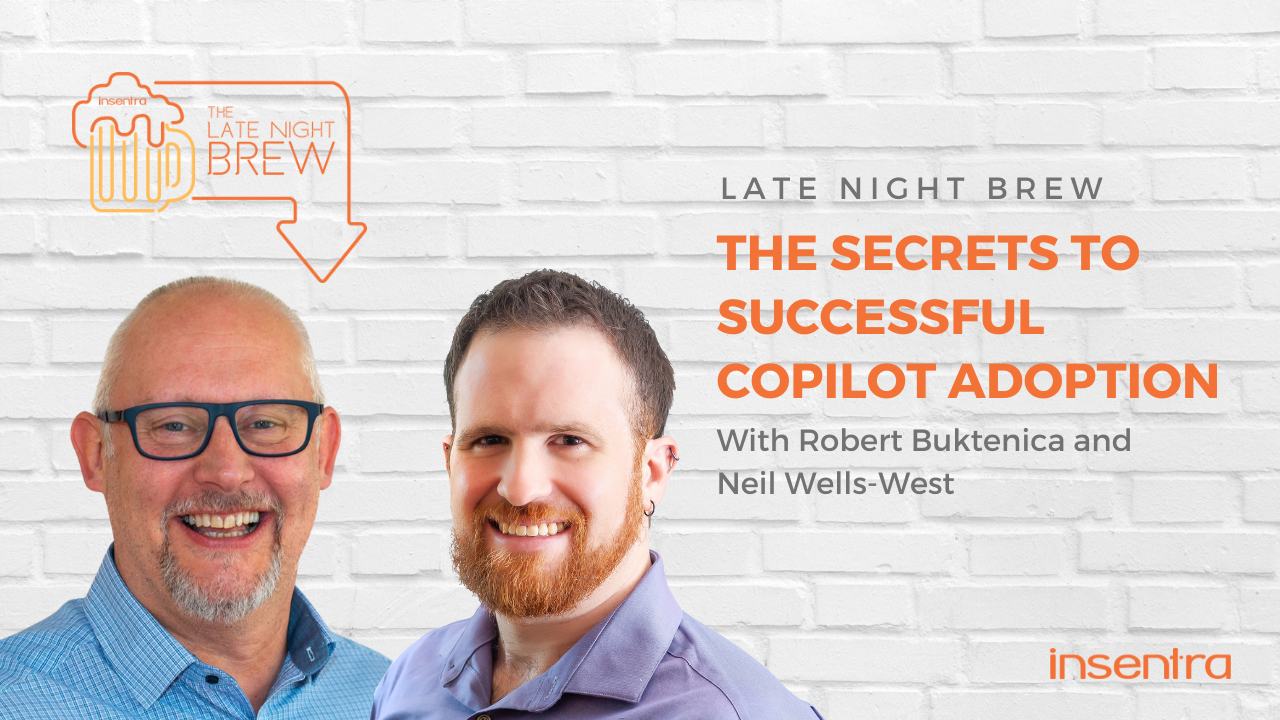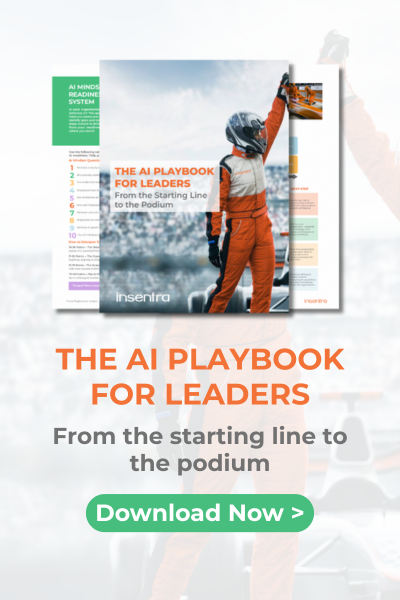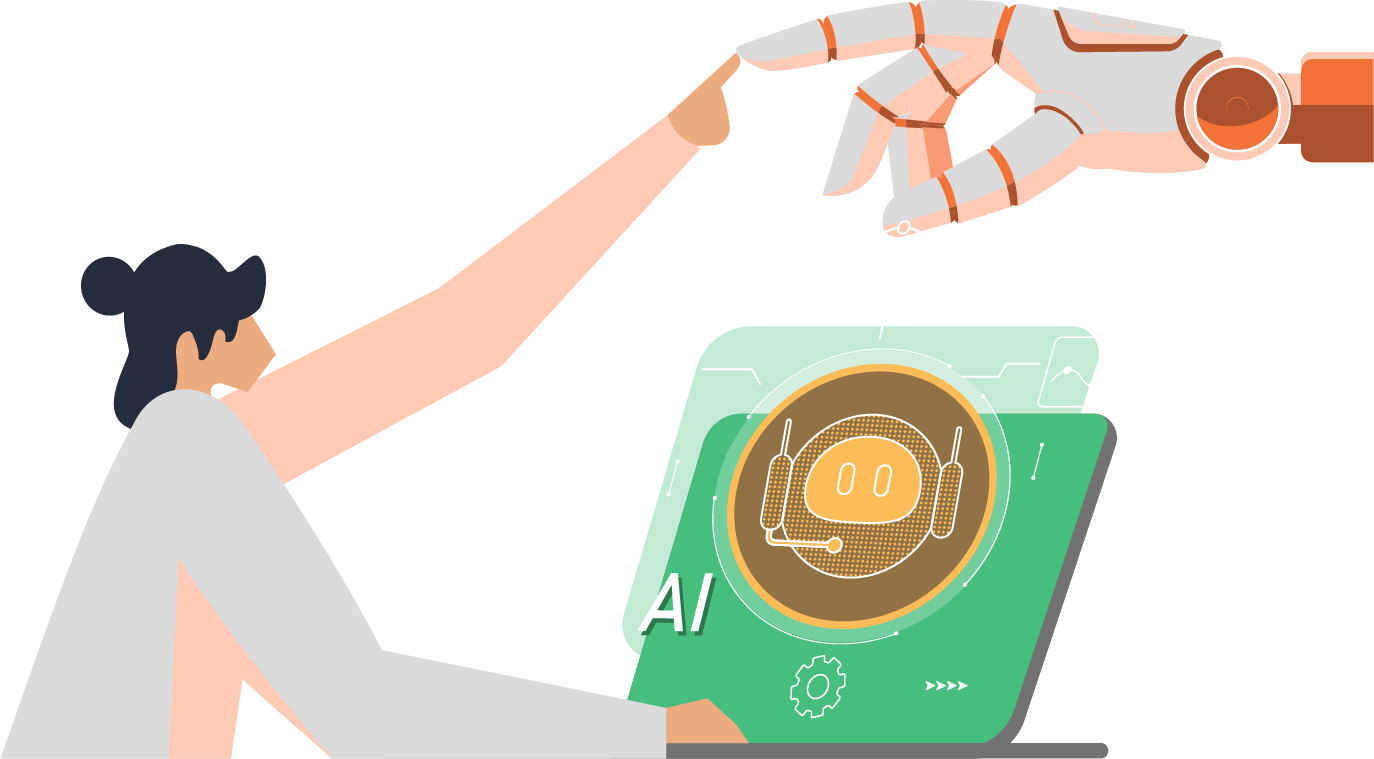We’re down to the final episode of Late Night Brew: Copilot!
For the last episode, Robert Buktenica and Neil Wells-West discuss the ins and outs of rolling out Copilot to users. What do you need to successfully implement company-wide usage of Copilot? And how do you encourage Copilot adoption in a goal-driven manner?
These are the questions we’re answering in the finale of this Late Night Brew series!
Don’t miss this discussion! Grab your choice of brew and tune in!
TIMESTAMP
00:07 – Introduction
01:05 – The Brew
02:15 – What are the requirements to roll out Copilot to users?
04:38 – How can organizations drive Copilot adoption in a goal-driven manner?
TRANSCRIPT
Introduction
Robert Buktenica: Hello, everyone, and welcome to another episode of the Late Night Brew, where we talk the brews first, and we get around to what we’re supposed to afterwards.
Joining me for the final episode of the Copilot series, Neil Wells-West. Welcome back, buddy.
Neil Wells-West: Hey, Buky. Nice to be back again. Thank you for having me.
Robert: It’s been an absolute pleasure of a journey, and I am a bit sad to see this ending, but I know that we’re [onto] something new. What’s the next one, right? We’ll have to figure that out.
The Brew
Robert: Now, before we dive into actually rolling out Copilot and getting users to adopt it and embrace their shiny new robot overlord, I mean assistant, what brew are you having with me today?
Neil: So given that actually it’s a beautiful, hot, sunny afternoon on the south coast of England, I’m having a, let’s get it in focus, Thatchers Haze. This is cloudy Somerset cider. Very, very refreshing on a hot summer afternoon in England. So yeah, very good.
Robert: That does sound like a proper drink to beat the heat. I love me a good crisp. Anything to beat the heat. Well, you know, I have range, so I can’t say there’s one thing I always go to.
It has been a, it was a long night. So I’m actually having coffee with a shot of Grand Marnier because I like to fancy it up and it’s a double brew, right? You know? So if anyone who likes either of those two, I highly, highly, highly recommend putting them together. It is a fantastic drink.
What are the requirements to roll out Copilot to users?
Robert: So, Sir, outside, of course, of everything that we talked about, right, where the readiness and your data taxonomy and governance and all that good stuff, what is necessary for rolling this out to users?
Neil: Yeah. Again, it’s been a bit of a journey, you know, we covered all the readiness stuff, but I think for me, the big point before you actually pull the button or pull the switch, if you like, and license everybody, is making sure that you’ve actually got some decent use cases that you’ve thought about your users.
Different user types will interact with Copilot in very different ways. Very important to have users with a sufficient level of understanding about how to prompt within Copilot, having a goal. And I think that the top thing that is necessary for user rollout is don’t just license everybody and let them get on with it. Because I think that’s hiding to another disaster down the road.
Robert: That’s the problem with toys is they’re so fun to play with. You know, thinking about it, the like any standard tool rollout, if you think about the “Hey, here’s some FAQs, here’s some examples,” right? What to expect. Those have been very instrumental and with something like Copilot, it’s one, at least for me, right? I’ve almost been at a loss for trying to think of how to use it in different [ways].
And coming across what others are doing with prompts and templates and phrasing has really helped me change and utilise it even better.
Neil: Yeah, I agree. I mean, I think that’s going to be the journey for most people. Picking it up from colleagues, picking it up from the internet, picking it up from helpers and guides and gradually developing that familiarity and that confidence with Copilot, but not trying to do too much at once.
Gradually understanding what works well, what doesn’t work quite so well, but having your organization roll that out in quite a controlled way so that you don’t lose that traction.
How can organizations drive Copilot adoption in a goal-driven manner?
Robert: Right. And on that, and we touched a little bit, I guess I stole my own thunder later or prior. How can organizations really help, to your point, drive that adoption and enable users to pick it up in a, again, to your point, in a managed, useful, goal-driven manner?
Neil: Yeah. Okay. Again, great, great questions. And I think just to sort of refer back to what I was talking about, I think the top thing for me, and I think that we found communication is really key, really setting clear messages about why an organization might be engaging and deploying Copilot.
So clear messaging, what are the benefits, what are the advantages, why is it good for people to have Copilot available to them? And I think one of the things that probably you would agree with, Buk, that we’ve probably benefited from, particularly within Insentra, is great leadership and advocacy.
Our own Insentra directors are leading the charge with Copilot, and that really helps to drive user adoption across all of our different functions and across our different services.
So yeah, you know, communication and leadership are really key to drive user adoption.
Robert: Yeah. Having that space to communicate too, not just, you know, for example,within Insentra, right? That top-down of, “Hey, look at all the great things we’re doing with Copilot. Here’s how you can do that too. Here’s how you can take better advantage.”
Having that forum for users to communicate with each other and that experience of, “Hey, look what I did.” Or sharing kind of silly prompts of, “Hey, Copilot, what’s my superhero dossier?” And getting, because admittedly, right, there’s always going to be that element of you’re going to have fun with it. It’s not purely this bland work thing.
Neil: That’s right. Yeah. Again, it’s another one of those tools that can be kind of almost misdeployed and kind of seen almost as a bit of an optional add-on if you feel like it.
But actually one of the things that we’re seeing that really drives user adoption is, and I think you’ve already spoken to this, about pilots that focus on specific use cases that solve specific problems and Copilots that address specific opportunities.
When people can see the benefit, then everybody else kind of piles in and realises and says, “Actually, I want some of that.”
Robert: Right. That’s a great note to end on. Unfortunately, that is our time. I hope everyone has enjoyed and is ready to dive into Copilot.
If you’re looking for help or questions, all of our contact information is below as always. Neil, it’s been an absolute pleasure, mate. I’m looking forward to our next go until then though. Cheers.
Neil: Cheers. Take care. There we go.
Robert: He’s fighting you.
Neil: Cheers, man
Thank you for joining us on another insight-packed Late Night Brew series! If you missed our first few episodes of the Copilot series, feel free to binge-watch them to catch up on our previous discussions. You may download our Unleashing the Power of Microsoft Copilot: The Definitive Guide from Readiness to Deployment eBook as well if you’d like a comprehensive dive into the many capabilities of Copilot.
Ready to jumpstart your Copilot adoption journey? Book a Microsoft Copilot Readiness Assessment or contact us today to schedule a consultation.










